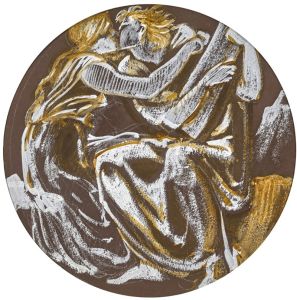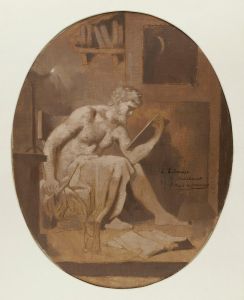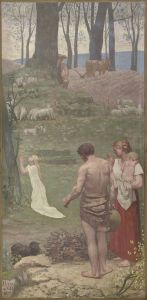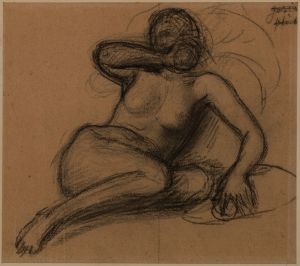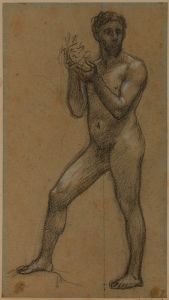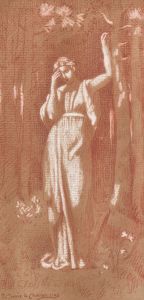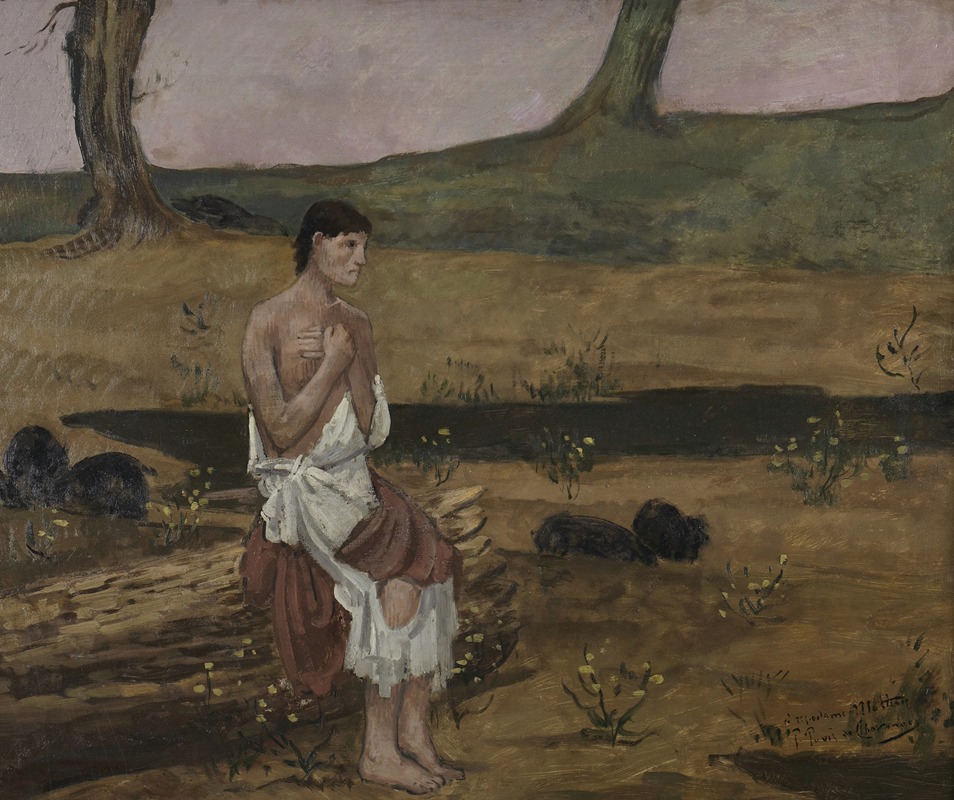
The Prodigal Son
A hand-painted replica of Pierre Puvis de Chavannes’s masterpiece The Prodigal Son, meticulously crafted by professional artists to capture the true essence of the original. Each piece is created with museum-quality canvas and rare mineral pigments, carefully painted by experienced artists with delicate brushstrokes and rich, layered colors to perfectly recreate the texture of the original artwork. Unlike machine-printed reproductions, this hand-painted version brings the painting to life, infused with the artist’s emotions and skill in every stroke. Whether for personal collection or home decoration, it instantly elevates the artistic atmosphere of any space.
Pierre Puvis de Chavannes was a notable 19th-century French painter known for his mural work and his influence on the Symbolist movement. One of his works, "The Prodigal Son," reflects his distinctive style and thematic interests. Although specific details about this particular painting are limited, we can explore the broader context of Puvis de Chavannes' work and its significance.
Puvis de Chavannes was born on December 14, 1824, in Lyon, France. He initially pursued studies in engineering but later turned to painting, studying under various artists, including Eugène Delacroix. His work is characterized by a unique approach that combines classical themes with a modern sensibility, often focusing on allegorical and symbolic subjects.
"The Prodigal Son" is a theme derived from a parable in the Christian Bible, specifically from the Gospel of Luke. The story tells of a young man who squanders his inheritance but eventually returns home to seek forgiveness from his father, who welcomes him back with open arms. This narrative has been a popular subject in art, symbolizing themes of repentance, forgiveness, and redemption.
Puvis de Chavannes' interpretation of "The Prodigal Son" would likely reflect his interest in conveying moral and philosophical themes through a serene and contemplative visual style. His paintings often feature muted colors, simplified forms, and a sense of timelessness, which could be expected in his depiction of this biblical story. Puvis was known for his ability to evoke emotion and thought through subtlety and restraint, rather than dramatic gestures or vivid colors.
Throughout his career, Puvis de Chavannes received numerous commissions for public buildings, and his work significantly influenced the development of modern art. His murals can be found in prominent locations such as the Panthéon in Paris and the Boston Public Library. His style and thematic focus paved the way for later Symbolist artists, who admired his ability to convey complex ideas through simple, yet profound imagery.
While specific information about "The Prodigal Son" by Puvis de Chavannes is scarce, understanding his broader body of work provides insight into how he might have approached this subject. His paintings often explore the human condition, spirituality, and the relationship between humanity and nature, all of which are relevant to the themes of the Prodigal Son parable.
In summary, Pierre Puvis de Chavannes was an influential figure in 19th-century art, known for his symbolic and allegorical works. Although detailed information about his painting "The Prodigal Son" is not readily available, his overall style and thematic interests suggest a thoughtful and introspective interpretation of this classic biblical story. His legacy continues to be appreciated for its contribution to the evolution of modern art and its enduring exploration of universal human themes.





